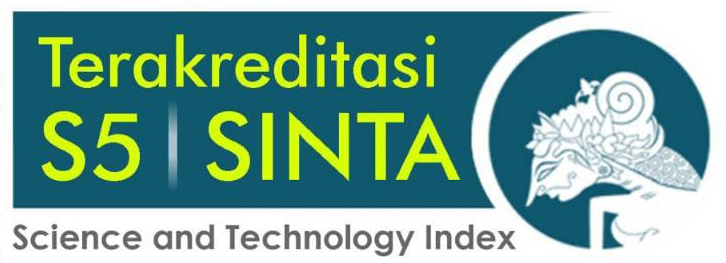Strategi Pemasaran Desa Ubud sebagai Destinasi MICE
DOI:
https://doi.org/10.51172/jbmb.v1i1.9Keywords:
MICE, marketing strategy, SWOTAbstract
The concept of mass tourism has two seasons namely high season and low season to determine the number of tourist visits each year. Therefore the tourism industry tries to conduct a vigorous promotion by carrying out activities that can bring tourists to stay in one tourist destination. One of the activities that entrepreneurs do in the low season is to conduct activities called MICE (Meetings, Incentives, Conventions, and Exhibitions). This research uses qualitative analysis technique by applying the participatory principle involving MICE stakeholders, destination manager, travel agent managers, and tourists. Ubud Village as a tourist destination which has potential for MICE activities has not had a convention bureau. This is due to the characteristics of the tourists who come to Ubud and the needs required by the tourism industry managers which are different from other tourist destinations in Bali such as Badung regency and Denpasar municipality. During this time, the implementation of activities of MICE is dominated by incentives tourism activities (56.57%), exhibitions (31.72%), and meetings (11.71%). The SWOT results concluded that Ubud Village is still S > W and O ≥ T thus requiring an internal consolidation, but seeing O ≥ T, has potential for further development. Development strategy were using grand strategy which make the results such as growth, dominance, and maximum investment.
References
Kotler, P. 2002. Manajemen Pemasaran. Jilid I Edisi Bahasa Indonesia. Jakarta: Pearson Education Asia Ptc. Ltd. Dan PT Prenhallindo.
Kotler, P. Bowen, J. Makens, J. 2002. Pemasaran Perhotelan dan Kepariwisataan. Edisi Bahasa Indonesia, edisi kedua. Jakarta: Pearson Education Asia Pte. Ltd. Dan Pt Prenhallindo.
Kotler, P. dan Susanto,A.B. 1999. Manajemen Pemasaran di Indonesia, Analisis, Perencanaan, Implementasi dan Pengendalian. Edisi Pertama. Jakarta: Salemba Empat.
Pitana I Gde, Gayatri Putu G. 2005. Sosiologi Pariwisata. Yogyakarta: Andi Offset.
Pitana I Gde, Surya Diarta. 2009. Pengantar Ilmu Pariwisata. Yogyakarta: CV. Andi Offset.
Plog, S, 2001. Why Destination Areas Rice and Fall in Popularity” (An Update of Cornell Quarterly Clasic), Cornell Hotel and Restaurant Administration
Quarterly (13-24)
Pearce, Douglas1990, Tourism Development, Longman Scientific & Technical, Harlow-London
Pendit S. Nyoman. 1999. Wisata Konvensi, Potensi Gede Bisnis Besar. Jakarta: PT. Gramedia Pustaka
Robinson Tarigan 2005, Perencanaan Pembangunan Wilayah Pt Bumi Aksara, Jakarta.
Seaton, A.V. dan M.M. Bennett. 1996, The Marketing of Tourism Product: Concepts, Issues, and Cases. International Thomson Business Press,
London.
Sucherly. 2003. Strategi Pemasaran Jasa dalam Meningkatkan Keunggulan Bersaing. Dalam Strategi Baru Manajemen Pemasaran. Editor Usmara, A. Jogjakarta: Amara Book.
Timoty, D.J. 2002.”Sacred joureys: religious heritage and tourism,” Tourism Recreation Reseach 27 (2): 3-5 Issues in Global Touris.
Timoty, J Dalen and Daniel H. Olsen. 2006. Tourism, Religion & Spiritual Journeys. Abingdon: Routledge.
Downloads
How to Cite
Issue
Section
License
Authors who publish with this journal agree to the following terms:
Authors retain copyright and grant the journal right of first publication with the work simultaneously licensed under a Attribution-NonCommercial-ShareAlike 4.0 International (CC BY-NC-SA 4.0) that allows others to share the work with an acknowledgement of the work's authorship and initial publication in this journal.
Authors are able to enter into separate, additional contractual arrangements for the non-exclusive distribution of the journal's published version of the work (e.g., post it to an institutional repository or publish it in a book), with an acknowledgement of its initial publication in this journal.
Authors are permitted and encouraged to post their work online (e.g., in institutional repositories or on their website) prior to and during the submission process, as it can lead to productive exchanges, as well as earlier and greater citation of published work (See The Effect of Open Access).





